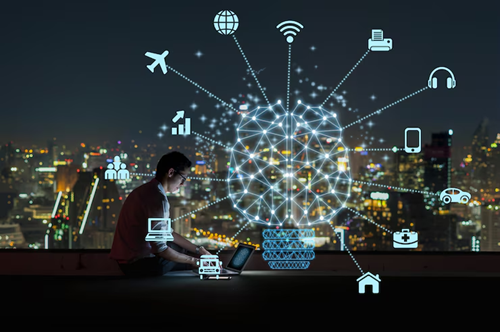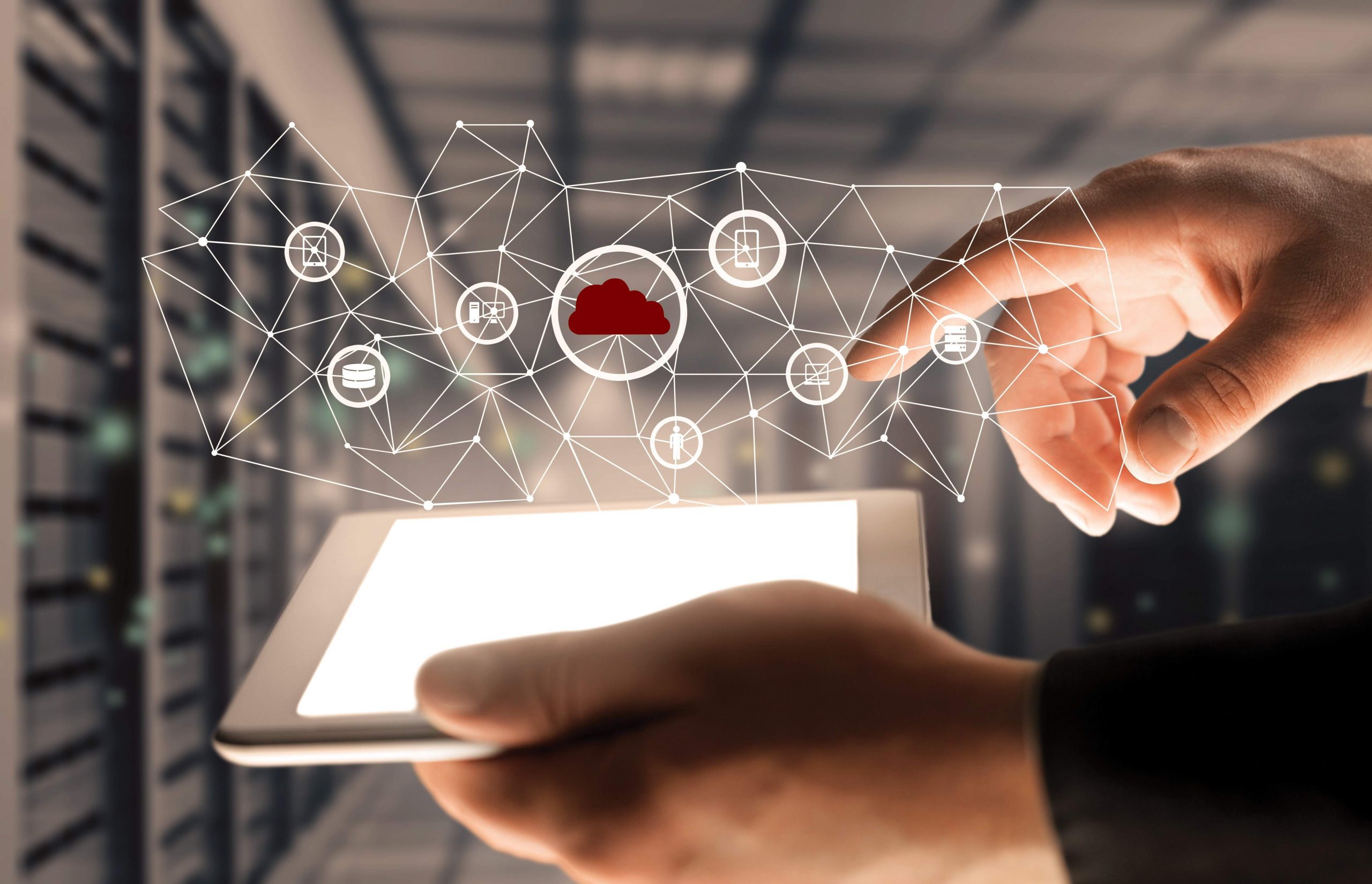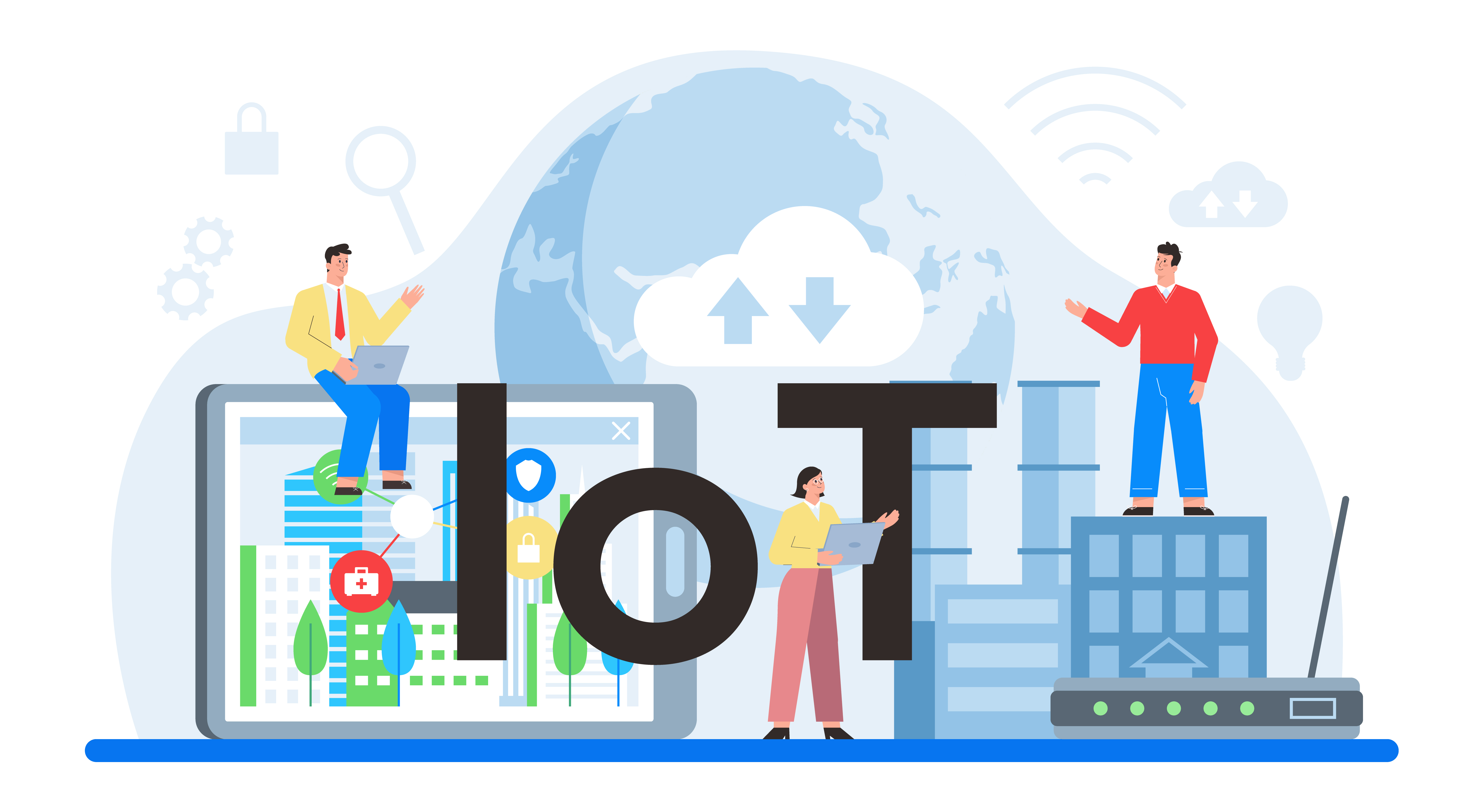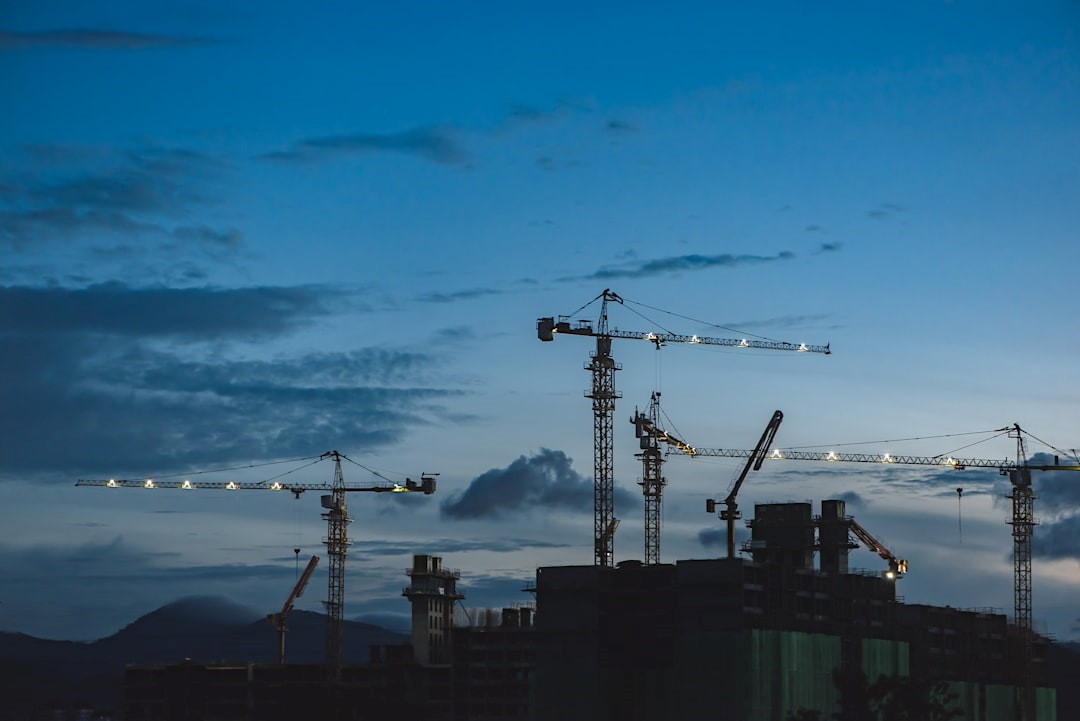Role of IoT in Building Smart City Architecture
-
May 29, 2022
-
5 min read

An IoT Smart City uses various IoT devices for data collection and analysis. A few things IoT devices collect data from are lights, sensors, and meters. Therefore, smart cities experience great progress in their public utilities, frameworks, and other appliances.
People managing city operations use the data collected by IoT to access user requirements and issues. The Internet helps address the needs of citizens and ensures efficient development.
Must Read: What Are Connected Devices & How Do They Communicate?
Why Do You Need a Smart City in IoT?
Over 68% of the world’s population resides in urban locations, and more and more people are concentrating on area development. Therefore, there is a rising need for smart cities with IoT.
Smart cities and IoT will help improve life quality and enhance pre-existing features. A common concept is the major connective control system on Cloud. They are equally good for the ecosystem, like solar energy.
Smart City Project Using IoT
Smart City can deal with the problem of freshwater, garbage, air pollution, and population. Some of the components of smart cities and projects using IoT are:
- Smart city infrastructure
- Cities should endeavor to develop technologies for urban infrastructures and buildings consistently.
- CO2 emissions should be reduced by investing in EVs.
- Smart cities should use technologies to be eco-friendly and energy-efficient.
- The City Air Management Tool
- Siemens developed “The City Air Management Tool” to collect real-time pollution data and predict emission values for 3 to 5 days.
- The prediction works on an Artificial Neural Network.
- Traffic Management
- A big challenge for big smart cities is to streamline traffic. Hence, intelligent transport solutions are needed to keep a tab on the traffic.
- Sensors are incorporated on pavements to send live traffic flow updates to a centralized traffic management system to assess the data and alter the traffic lights accordingly, without human involvement.
- Smart Parking
- One of the smart city IoT applications is an intelligent parking solution indicating when a car is out of the parking lot.
- The sensors report where the driver can find a parking area through their smartphone.
- Smart Waste Management
- Waste management solution is one of the IoT ideas for smart cities to streamline waste collection, lower operational expenses and reduce problems linked with inefficient waste collection.
Enabling Reliable and Secure IoT-based Smart City Applications
Linked cameras, monitoring systems, smart parking, and road schemes can enhance the human lifestyle. However, so much data synced to the cloud can create data theft and hacking susceptibility. It is important to secure the Internet of Things for smart cities, and some of the ways to do it are:
- Integrity: An IoT smart city works on data; hence, it should be accurate and reliable.
- Availability: The data should be handy and accessible as and when needed.
- Accountability: As the data should be secure, users need to remain vigilant and accountable for their login details.
- Confidentiality: When using smart city examples, ensure there is no breach.
Centralized ID management measures and top-notch authentication features should be considered to keep the system secure.
Smart City IoT Architecture
When developing new homes, building managers use smart city applications of IoT. With the help of IoT-based smart city solutions, the features and quality of buildings are enhanced. Some IoT applications and their examples prove it.
For instance, a major field in which IoT works remarkably is the lights. They have replaced the use of LED bulbs and saved money and energy. Another use of IoT for smart cities is the utilization of smart grids. It is an architecturally well-crafted system to enhance resource conservation.
For instance, people in the European Union now use smart city applications such as IoT gas meters and electricity grids.
Smart City Implementation Based on IoT (Examples)
Like heating systems, building developers have enhanced elevators too using IoT. While elevators are useful applications when constructing a building, most elevators don’t run quickly enough.
This makes people hope for quicker and safer elevators. As per Allied Market Research, the market for smart elevators will rise from $12 billion in 2015 to $23 billion in the next five years.
Amsterdam is considering using solar panels and storage units through smart grids.
This way, applications of IoT in smart cities would store energy and use them during the necessary hours, and people can also opt for giving the extra energy to the grid.
The Invention in Smart City
As predicted, several innovations will come about once investment in IoT smart cities starts. As per an estimate, the development worldwide by 2022 will touch $158 billion.
Police workers would be decked with appliances that provide real-time information for instant assessments. It will give them immediate access to data about people, the government, and smart cities.
The Global CAGR is predicted at 62%, 25%, and 49%, subsequently from 2017 to 2022. With the Internet of Things and smart cities, the platform for cities will get better to estimate pollution and traffic status. The Global CAGR for the given time is 23%, equal to the smart waste collection aspect. Keeping this in mind, waste collectors can look for the waste level in dustbins.
IoT and Smart Cities Future
Air pollution is a major concern for megacities. But, innovative air pollution forecasting methods help reduce this risk caused by air pollution. NB-IoT sensors can address this.
NB-IoT is built to connect billions of devices smartly. Its lower power consumption makes it cost-effective. Using LoRa communication, NB-IoT sensors can receive information about air quality, humidity, temperature, dust concentration, and more. Additionally, they make it possible to control free parking spaces, street lightings, and environmental conditions. Such new IoT initiatives help build smart cities.
Wrapping Up!
Several features, such as enhanced and smart traffic calculation and weather prediction, benefit smart cities. With the developing dynamics in the world and greater urbanization speed, keeping natural things healthy may be tough. Also, the cost of developing a smart city is high.
However, technology helps citizens and administrations mutually have a well-connected behavior. And with future-ready IoT solutions, one can accelerate growth.
 Share
Share









